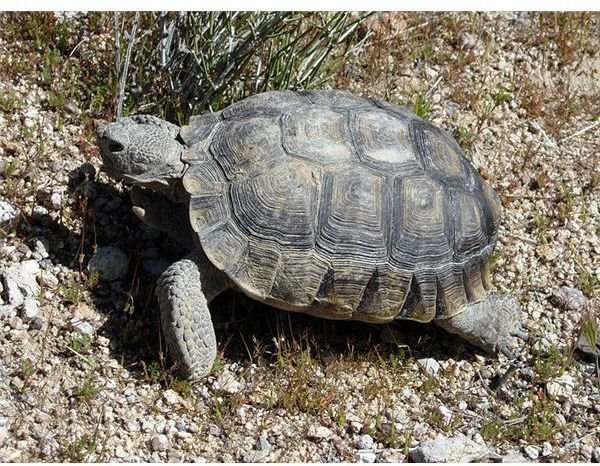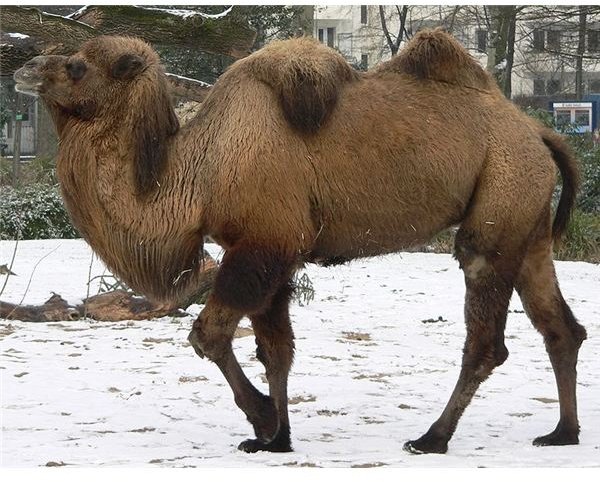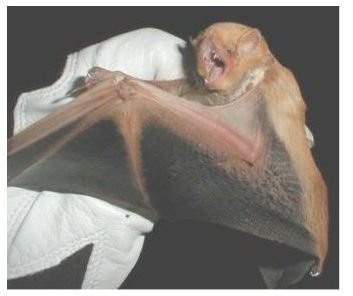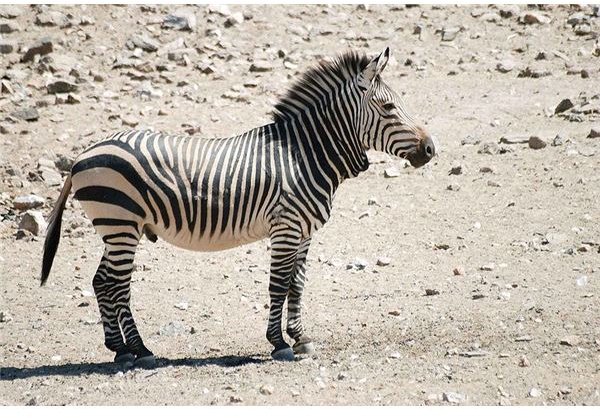Do Animals Migrate from the Desert? Evistation (Desert Hibernation) and Other Adaptations of Desert Animals
Why do animals migrate from the desert? Animals migrate in response to seasonal climate changes, seeking the most favorable climates. Their food supplies may dwindle or die out, forcing them to seek other food sources. Some species must migrate to breed in a specific location or environment. Desert animals may migrate, estivate, adapt, or migrate and estivate, depending on their species and climate, food, and breeding requirements.
Animal Desert Migration
Many desert animals migrate, or move to other areas, to escape temperature extremes and dwindling food and water supplies in their home regions. For instance, almost everyone is familiar with the seasonal north-south migratory habits of birds. Did you know that desert birds also use adaptations, like flying above the heat, to keep cool?
Image Credit/Wikimedia Commons/GNU Free Documentation License/Moongateclimber
Some other adaptations of migrating birds are night flights to avoid overheating, and short refueling flights with periods of rest to conserve energy levels. Some desert birds and animals that migrate are:
- Northern cardinals
- Greater roadrunners
- Blue grosbeaks
- Summer tanagers
- Western tanagers
- Grebes
- Zebra
- Wildebeest
Next, let’s examine some desert animals who estivate (desert hibernation.)
Desert Animal Estivation

Image Credit/Wikimedia Commons/Public Domain
Desert animals who do not migrate or develop an environmental adaptation practice a form of hibernation called estivation. They enter a dormant, or resting state, during the hot summer months, usually in the cool confines of a cave or burrow. They eat tremendous amounts of food before seeking a resting place and are normally awakened by hunger or climate changes.
Desert animals that estivate:
- Spadefoot toad
- Desert tortoise
- Desert squirrel
- Silver-haired bat
- Pallid bat
- Townsend’s big-eared bat
What happens to desert animals who do not migrate or estivate?
Desert Animal Adaptations
Other animals, especially smaller animals, make adaptations to cope with the challenges of their environment. They may shelter in caves or hide under rocks during the heat of the day, and then forage for food at night. Their coats or feathers may be light colored to help keep them cool. Some animals, like the Black-tailed jackrabbit, develop extra large ears that help them to regulate their body temperature. Others, like various bat species, grow long tongues to help them suck the nectar from plants. Almost everyone is familiar with the camel’s adaptation for desert survival - the hump.

Image Credit/Wikimedia Commons/GNU Free Documentation License/de:Benutzer: BS Thurner Hof
Desert Animals who Migrate and Estivate
Finally, there are animals that migrate and estivate. They travel to other locations in the winter, and then return to the desert. During the hottest summer months, they shelter in cool caves or burrows to escape the heat and rest. Some examples of animals that migrate and estivate are:

Wikimedia Commons/Western Red Bat/Public Domain
- Cave myotis bat
- Western red bat
- Western pipistrelle bat
Do animals migrate from the desert? Yes, some do migrate to find more favorable climates, food supplies, or to perpetuate their species, while others adapt or estivate. The remarkable thing is how each species knows how and when to make a seasonal adjustment for their survival.
Sources
Arizona-Sonoma Desert Museum, Migration, accessed 07/07/2010
Desert USA, “Migration – Birds – Butterflies,” David Williams, accessed 07/20/2010
